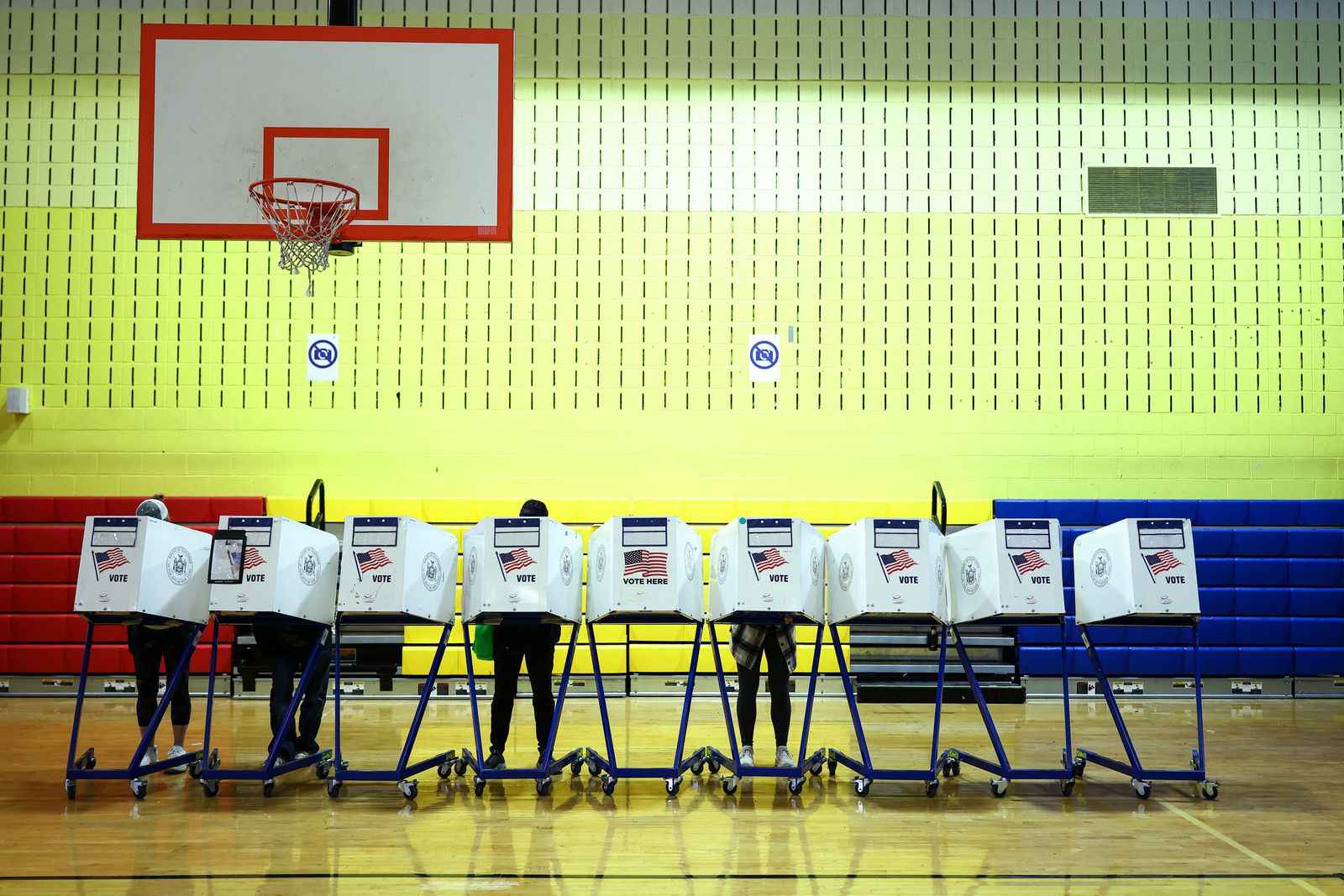Zohran Mamdani’s proposed rent freeze contributed to his watershed win as New York City’s mayor-elect, part of a national trend to address the housing crisis with the ballot.

Running on affordability, especially increasing the supply of affordable housing, was a winning strategy in many contests decided during this year’s election.
Charismatic Democratic socialist Zohran Mamdani won a striking victory to become New York’s mayor-elect, one many believe will ripple across politics beyond the city’s five boroughs. But many also see it as an important win for efforts to build more homes in Gotham, and one of many signs this election that pro-affordability politics, focused on housing, offer a winning message.
The morning of the election, Mamdani underscored one of his campaign goals, to “transform the most expensive city in the United States of America to one that is affordable for those who call it home.”
The Mamdani phenomenon galvanized city voters—more than two million voted, the highest figure in decades—in part because the former state assemblymember relentlessly focused on cost-of-living issues in his three-way race against former Governor Andrew Cuomo and Republican Curtis Sliwa. Spiraling housing costs, driven by an acute shortage of an estimated half a million apartment units, remains a vital issue for New Yorkers, demanding an “urgency,” Mamdani said, to address it.
Key portions of Mamdani’s platform focused on housing; freezing rent in the rent-stabilized buildings that house more than two million New Yorkers was one of his three central planks. He also proposes investing $100 billion in housing, $70 billion of which would be borrowed and paid back with a tax increase (he’ll need the state legislature and governor to approve the plan).
But New Yorkers also voted in favor of a trio of key ballot proposals that, in aggregate, would speed up new construction, specifically making it easier for certain types of more affordable housing to get exemptions from standard zoning rules that tend to slow down and restrict where such projects can be developed.
“In a history-making move, New Yorkers have determined our own destinies by passing first-in-the-nation local reforms that will finally allow us to treat affordable housing as it should be in our nation: a basic right to which we must all have access,” said YES on Affordable Housing campaign director Amit Singh Bagga in a statement.
These electoral results in the nation’s largest city highlight the national momentum that’s been building in recent years behind zoning reform and the political salience of housing production, especially affordable housing. In 2024, voters passed more than $1.2 billion in funding provisions and bond measures for housing production, preserving rental housing, improving public housing, or creating or supporting housing trust funds, according to Shelterforce, and state legislatures have been busy passing zoning reform bills meant to be a cudgel to get cities to build more housing.
The combination of a new mayor and accelerated development of more affordable housing put New York City firmly in line with this larger shift toward YIMBY land use laws at local and state levels. California Governor Gavin Newsom just signed SB 79, a state zoning rule focused on expanding housing near transit that has been considered the YIMBY Holy Grail.
The three approved New York City’s housing proposals will untie the knotty, local land use laws that can stifle many projects in New York City. Proposition 2 would allow projects that contain 100 percent of affordable units to skip the city’s onerous Uniform Land Use Review Procedure, or ULURP, and instead get approval from a mayoral-appointed board, while also offering a fast track for projects with affordable housing in the 12 community districts that build the least amount of new affordable housing. Proposition 3 would exempt smaller projects—technically, those that increase density by 30 percent, but in practice, many missing middle, small-scale apartment projects—to avoid ULURP, opening up opportunities for more modest multifamily developments that currently aren’t worth the trouble of navigating land use regulations. Finally, Proposition 4 would create another board allowing developers with projects that include affordable housing to appeal city council ULURP decisions, ending a practice known as member deference, where a local councilmember can effectively veto any project they don’t like. The city council tried to keep these measures off the ballot to preserve their power over development decisions. Mamdani revealed on election day that he supported all of these measures.
But New York was far from the only election—and housing issue—decided earlier this week. In New Jersey’s gubernatorial race, Democrat Rep. Mikie Sherrill won against former Republican Assemblyman Jack Ciattarelli, who favored a rewrite of state affordable housing policies that would contain new development in urban centers, a stance some called NIMBYism. And in Virginia, Democrat Abigail Spanberger, whose housing platform included a focus on affordability and lowering housing costs by cutting regulations that impede new construction and strengthening eviction protections, beat former Lieutenant Governor Winsome Earle-Seares, on a night that saw Virginia Democrats lock in a trifecta.
A handful of major cities also voted on measures to fund more affordable housing. In Knoxville, Tennessee, a measure to increase the sales tax by 0.5 percent to finance more affordable housing was defeated, with roughly two-thirds of voters rejecting the measure. But in Denver, a $950 million infrastructure package called Vibrant Denver, which included transportation funding and $45 million for affordable housing, passed with more than 60 percent of the vote as the night closed. And in Columbus, Ohio, a bond package that included a historic $500 million for affordable housing was leading in late unofficial results.
Housing, as well as the unhoused, also became critical issues in other big city races. Pro-housing leaders like Boston Mayor Michelle Wu won re-election handily. In Seattle, progressive Katie Wilson, founder of a nonprofit, the Transit Riders Union, who ran on promises to build city-run social housing, pursue a $1 billion bond for affordable housing construction, and support tenant rights, currently trails incumbent Mayor Bruce Harrell. But many pundits have argued that with a significant portion of mail-in votes to come, Harrell’s lead may disappear as the final tally nears.
Wilson’s campaign’s focus on affordability came into stark relief when it was revealed during the campaign that her parents help her pay for childcare. She responded to the news by explaining how it’s indicative of the affordability crisis in Seattle and elsewhere, a sentiment many voters seemed to know all too well.
Top photo courtesy of Getty Images
Related Reading:
Well-Designed Low-Income Housing Is Possible
A New Generation of Politicians Is Showing That When It Comes to Housing, the Personal Is Political
